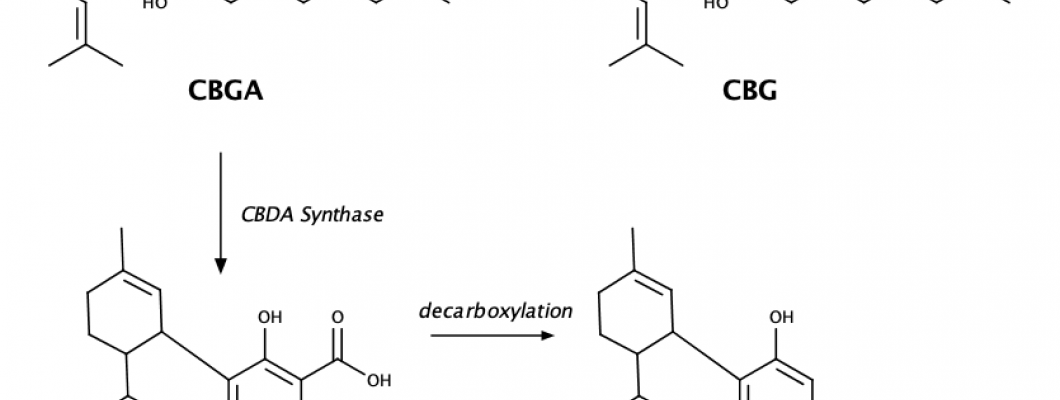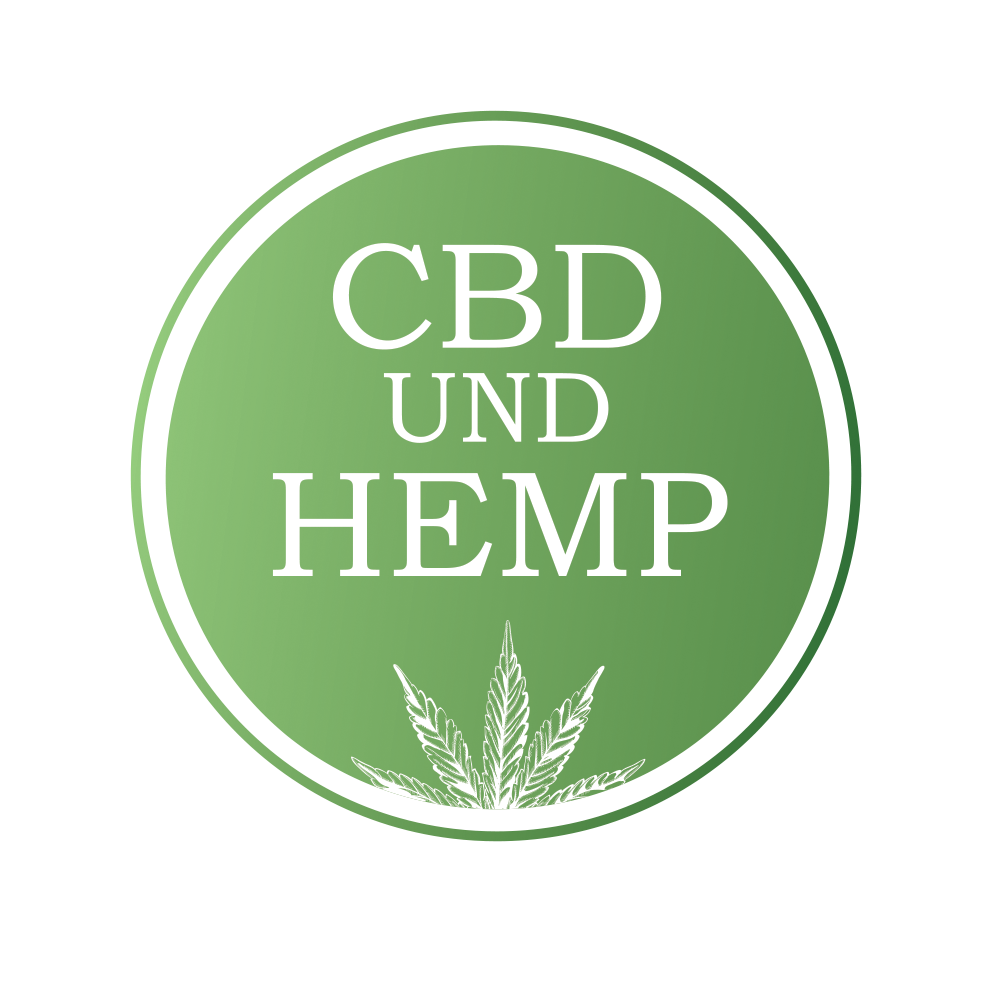
CBG is believed to directly elicit its therapeutic effects despite interacting with the brain's CB1 and CB2 cannabinoid receptors. Inflammation is reduced, as shown by animal models of inflammatory bowel disease. Fighting Huntingdon's disease, again through its neuroprotective effects. Inhibition of tumor growth in animal models of colon cancer. Destruction of drug-resistant bacteria such as methicillin-resistant Staphylococcus aureus (MRSA) Bladder dysfunction and tumor
CBG or CBD: What's the difference?
As the main non-intoxicating component of cannabis, CBD is quite abundant in common cannabis strains, making the isolation and use of the cannabinoid easily reversible for the production of commercial products.
But recently, another non-intoxicating cannabinoid has been added to the front page as a potential therapeutic product. Cannabigerol (CBG) is a less abundant cannabinoid, but has been observed to reduce inflammation, overcome pain, and even slow the growth of some cancer cells.
CBG may sound similar to CBD on the surface, but dig a little deeper and you can find the key differences.
What is CBG?
As the cannabis plant matures, CBGA, the acid form of CBG, is converted by plant enzymes to the ratio of the three major cannabinoid precursors: tetrahydrocannabinolic acid (THCA), cannabidiol acid (CBDA), and cannabic chromene acid (CBCA).
From amounts of CBGA that are not converted to these precursors or any other minor cannabinoids, CBG is formed by decarboxylation.
Due to this process, cannabis strains generally contain very little CBG, often below 1 weight percent. In order to achieve higher CBG yields within cannabis, specialized plant growers began experimenting with genetic manipulation and crossbreeding. Leafly also reports that scientists have successfully determined the optimal extraction window for cannabis to preserve the highest amount of CBG and suggest that extraction be performed at approx. Perform for six weeks in an eight-week flowering cycle.
Benefits of CBG
Unlike CBD, which has a relatively low affinity for cannabinoid receptors and acts mostly through indirect interactions with the endocannabinoid system, CBG is thought to directly elicit its therapeutic effects, despite interacting with brain CB1 and CB2 cannabinoid receptor.
The psychoactive cannabinoid of THC also produces psychoactive effects when they interact with these receptors; CBG has been observed to act as a buffer for the psychoactivity of THC and may even alleviate feelings of paranoia, which are sometimes associated with high THC levels.
In terms of the therapeutic benefits of CBG, research is relatively rare compared to the information apparently available in the cannabis science community about THC and CBD. But there are early studies that link the compound to a whole range of possible therapeutic uses, such as:
- Treatment of glaucoma, although vasodilating and neuroprotective effect.
- Inflammation is reduced, as shown by animal models of inflammatory bowel disease.
- Fighting Huntingdon’s disease, again through its neuroprotective effects.
- Inhibition of tumor growth in animal models of colon cancer.
- Killing drug-resistant bacteria such as methicillin-resistant Staphylococcus aureus (MRSA)
- Bladder dysfunction and tumor
Difficulties in the production of CBG
It has no intoxicating effects and a number of possible therapeutic uses, why hasn’t CBG experienced the same popularity as CBD?
The biggest obstacle to the implementation of CBG as a joint therapeutic treatment is the cost of production. CBG is believed to be one of the most expensive cannabinoids to produce, so much so that it was named “Rolls-Royce of cannabinoids”.
CBG is also a problem for cultivators. The longer a cannabis plant matures, the greater the chance that the CBGA and CBG present in the strain will be converted to other cannabinoids. This leaves a choice for growers: either to grow cannabis with the express purpose of producing CBG, i.e., they can harvest the crop early before this conversion is complete; or let the crop be fully ripe so that some of the crop can be sold for other purposes but others have a lower CBG content for extraction.
In addition to requiring larger amounts of plant material compared to THC or CBD extraction, CBG extraction also requires special manufacturing equipment. Due to the low levels of CBG present in cannabis strains, the chromatographic equipment used to isolate and purify CBG extracts should be as accurate as possible so that no more raw cannabis or hemp material is needed than is absolutely necessary. The cost of this high performance chromatographic device can be high, pre-manufacturing cost for processors who may not yet operate this equipment during standard processing procedures.
Source: www.analyticalcannabis.com
facts
there are early studies that link CBG to a whole range of potential therapeutic uses, such as:
- Treatment of glaucoma, although vasodilating and neuroprotective effect.
- Inflammation is reduced, as shown by animal models of inflammatory bowel disease.
- Fighting Huntingdon's disease, again through its neuroprotective effects.
- Inhibition of tumor growth in animal models of colon cancer.
- Destruction of drug-resistant bacteria such as methicillin-resistant Staphylococcus aureus (MRSA)
- Bladder dysfunction and tumor




















